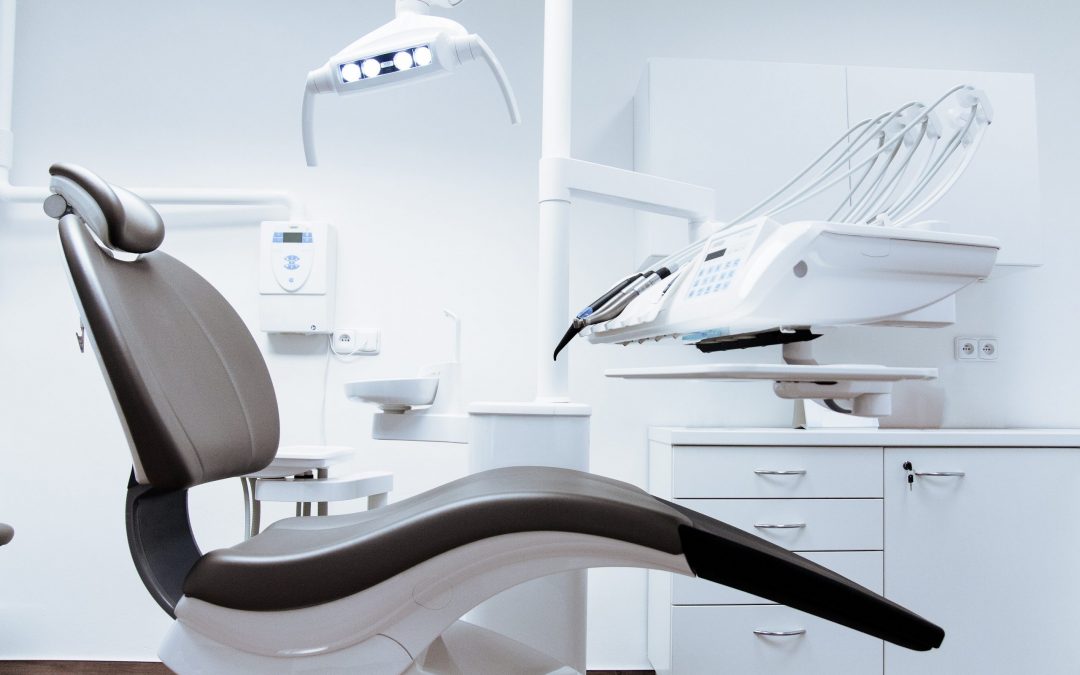The new article addresses the aspects related to the risk-based approach to human factors engineering information in marketing submissions.

Table of Contents
The Food and Drug Administration (FDA or the Agency), the US regulating authority in the sphere of healthcare products, has published a draft guidance dedicated to the content of human factors information in medical device marketing submissions. Once finalized, the document will provide additional clarifications regarding the applicable regulatory requirements, as well as recommendations to be followed by medical device manufacturers and other parties involved in order to ensure compliance thereto. At the same time, FDA guidance documents are non-binding in their legal nature, nor are intended to introduce new rules or impose new obligations. Moreover, the FDA explicitly states that an alternative approach could be applied, provided such an approach is in line with the existing legislation and has been agreed with the authority in advance.
The scope of the guidance covers, inter alia, the aspects related to the risk-based approach and the way it should be applied.
Risk-Based Approach: Key Points
First of all, the authority mentions that the purpose of including human factors engineering information in a marketing submission is to help the manufacturer meet the applicable legal standard by demonstrating that the user interface of the device is appropriate for the intended users, uses, and use environments. In particular, the guidance provides flowcharts and additional descriptions intended to assist medical device manufacturers in interpreting the regulatory requirements set forth under the existing framework. According to the flowchart, the indications for use and use-related risk analysis should be taken into consideration. Apart from this, the technological characteristics of the medical device in question should be considered as well.
The flowcharts provided in the guidance describe the approach to be applied when determining the Human Factors (HF) Submission Category. According to the flowchart, the following steps are to be completed:
- Is it a modification to an existing device? First of all, a party responsible for a medical device should determine whether there are changes or modifications to a medical device already placed on the market under one of the regulatory frameworks (e.g., 510(k) or De Novo request).
- Is there a change to any of the following: user interface, intended device users, the intended device uses, intended use environment(s), training, or labeling? This step will be applicable only in case of a positive answer to the previous question. Should the answer here be negative, the HF Submission Category 1 will apply, while in the case of a positive answer, the next step should be followed.
- Based on the use-related risk analysis, are there critical tasks for new devices or new critical tasks introduced/existing critical tasks impacted for a modified device? In order to answer this question, a party responsible for a medical device should rely on the risk analysis conducted, including a Failure Mode and Effects Analysis (FMEA). According to the guidance, the authority expects the applicants to provide information about the risk analysis conducted with respect to a final medical device, and not the modifications separately. The purpose of this stage is to assess the impact caused by modifications. In order to do this, a party responsible for a medical device should assess critical tasks in terms of risks associated thereto. As explained by the FDA, if there are no critical tasks for a new device, or no new critical tasks introduced, and no impacted critical tasks for a modified device based on the use-related risk analysis, the answer to this question is “No”, and the level of information would fall into HF Submission Category 2; while if the answer is “Yes”, then the level of information would fall into HF Submission Category 3.

Category-Specific Submission Content
The authority further describes in detail the scope of information to be included in a marketing submission depending on the applicable HF Submission Category. As it was mentioned before, a flowchart provided in the present guidance should be used in order to determine the HF Submission Category, and the level of regulatory scrutiny will depend on such a determination. According to the guidance, the following rules apply:
- HF Submission Category 1 – conclusion and high-level summary of HF evaluation. For cases falling within this category, the application submitted by an interested party should contain a statement confirming and justifying that the changes to a medical device in question do not affect the human factors considerations. This statement should also refer to previous human factors engineering evaluation.
- HF Submission Category 2 – rationale in submission for why: there are no critical tasks (new devices only); or there are no new critical tasks introduced and/or no changes that impact critical tasks (modified devices only). As further explained by the authority, it will expect to receive a rationale that highlights the grounds for the decision taken by the applicant and the appropriate justification.
- HF Submission Category 3 – a human factors engineering report that includes validation testing addressing: critical task(s) (new devices only); or new critical task(s) introduced or existing critical task(s) impacted by change (modified devices only). Due to the significant risks associated thereto, this category will require a comprehensive human factors engineering report to be provided by the applicant. The authority also mentions that in case the existing risk mitigation measures are considered acceptable, the appropriate rationale should be provided by the applicant.
In summary, the present guidance provides an overview of the risk-based approach to be applied when determining the scope of information to be included in a premarket submission. The document describes in detail the existing categories and highlights specific aspects associated thereto.
Sources:
https://www.fda.gov/media/163694/download
How Can RegDesk Help?
RegDesk is a holistic Regulatory Information Management System that provides medical device and pharma companies with regulatory intelligence for over 120 markets worldwide. It can help you prepare and publish global applications, manage standards, run change assessments, and obtain real-time alerts on regulatory changes through a centralized platform. Our clients also have access to our network of over 4000 compliance experts worldwide to obtain verification on critical questions. Global expansion has never been this simple.

